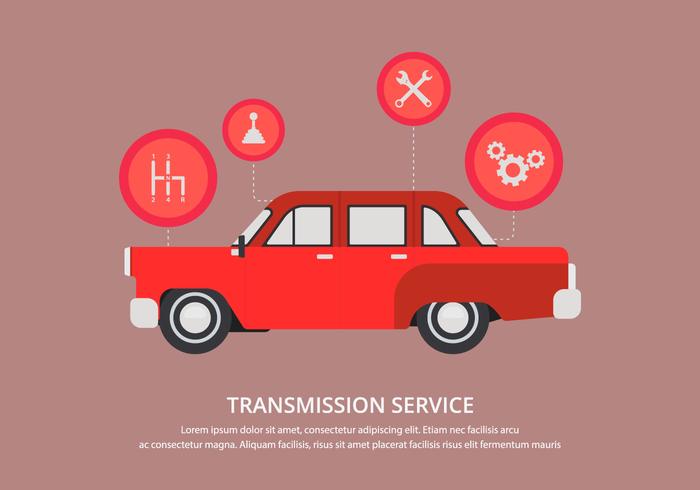Wondering Regarding The Significance Behind Those Control Panel Warning Lights? Gain Insights Into Their Ramifications For Your Vehicle'S Security And Upkeep
Wondering Regarding The Significance Behind Those Control Panel Warning Lights? Gain Insights Into Their Ramifications For Your Vehicle'S Security And Upkeep
Blog Article
Article Produced By-Termansen Torres
When you're behind the wheel, those beautiful caution lights on your control panel can be a little bit bewildering. Do you know what they're attempting to tell you regarding your vehicle's health and wellness? Comprehending the significance of these lights is essential for your safety and the durability of your vehicle. So, the following time among those lights pops up, wouldn't you intend to understand its message accurately and take the required actions to resolve it?
Common Warning Lights and Interpretations
Determine usual caution lights in your car and comprehend their definitions to ensure secure driving.
The most regular caution lights consist of the check engine light, which indicates issues with the engine or exhausts system. If this light begins, it's crucial to have your car checked quickly.
The oil pressure warning light shows low oil pressure, calling for immediate focus to prevent engine damage.
https://www.insurancejournal.com/news/southeast/2022/04/27/664836.htm flashing battery light might suggest a defective billing system, possibly leaving you stranded if not dealt with.
The tire pressure monitoring system (TPMS) light informs you to reduced tire stress, influencing lorry security and fuel effectiveness. Ignoring this might cause dangerous driving problems.
The abdominal muscle light indicates an issue with the anti-lock braking system, jeopardizing your ability to stop promptly in emergencies.
Last but not least, the coolant temperature level advising light warns of engine overheating, which can cause extreme damages if not solved quickly.
Recognizing these common warning lights will certainly help you attend to issues quickly and keep secure driving problems.
Significance of Prompt Focus
Understanding the common caution lights in your cars and truck is only the initial step; the importance of quickly attending to these warnings can't be highlighted sufficient to guarantee your safety on the road.
When a warning light brightens on your control panel, it's your car's means of communicating a prospective problem that needs interest. Overlooking ppf auckland can bring about much more serious issues down the road, jeopardizing your safety and security and possibly costing you much more out of commission.
Prompt attention to alerting lights can protect against break downs and mishaps. As an example, a blinking check engine light can suggest a misfire that, if left neglected, might create damages to the catalytic converter. Resolving this without delay can save you from an expensive repair work.
In a similar way, a brake system warning light might indicate reduced brake liquid or worn brake pads, crucial parts for your safety when driving.
DIY Troubleshooting Tips
If you see a caution light on your dashboard, there are a few do it yourself fixing pointers you can attempt prior to seeking expert assistance.
The very first step is to consult your automobile's handbook to understand what the certain caution light indicates. Often best car valet auckland can be as straightforward as a loose gas cap setting off the check engine light. Tightening the gas cap might settle the problem.
An additional usual problem is a reduced battery, which can trigger numerous warning lights. Examining the battery connections for corrosion and ensuring they're safe might deal with the problem.
If a warning light continues, you can try resetting it by disconnecting the automobile's battery for a couple of minutes and then reconnecting it. Furthermore, inspecting your lorry's liquid degrees, such as oil, coolant, and brake fluid, can help fix cautioning lights associated with these systems.
Final thought
To conclude, recognizing your cars and truck's warning lights is vital for keeping your car running efficiently and securely. By without delay attending to these alerts and recognizing what they mean, you can avoid pricey fixings and prospective malfunctions.
Bear in mind to consult your vehicle's handbook for specific details on each warning light and act as necessary to make certain a hassle-free driving experience.
Stay educated, stay safe on the road!
